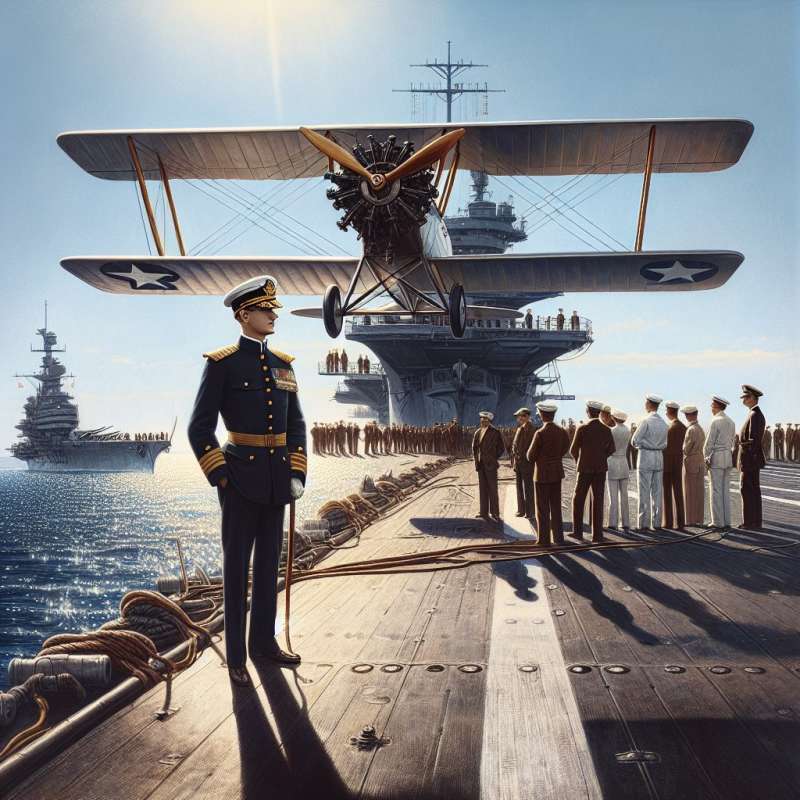
Invention of Tail Hook
The aircraft tail hook, or arresting gear, is a device used to stop aircraft quickly upon landing. Its concept dates back to the early 20th century, integral for naval aviation.
Tail Hook's Early Beginnings
The tail hook was pioneered by Hugh Robinson, an aviator and engineer. He created the first tail hook system in 1911, which was a fundamental step in carrier-based aviation.
First Practical Use
The first practical use of the tail hook was by the U.S. Navy in 1917. This early version was tested on modified Curtiss biplanes, marking a significant advancement in naval operations.
Innovation by Squadron Commander
Commander Kenneth Whiting improved the tail hook in the 1920s. He is often credited for the 'hook-and-cable' system that became standard on aircraft carriers, enhancing safety and efficiency.
Modern Tail Hook Evolution
Modern tail hooks are hydraulic or pneumatic, built to withstand immense forces during carrier landings. They're vital for quick landings, allowing carriers to operate fast-moving jets.
Tail Hook Impact
The tail hook's invention revolutionized naval aviation, turning ships into mobile airstrips. It's a pinnacle innovation that allowed for the projection of air power across the globe.
Surprising Tail Hook Facts
Interestingly, the arresting wire system on carriers is called 'the trap'. Pilots landing on carriers are said to 'trap' when they successfully engage the wire with their tail hook.
Who pioneered the first tail hook?
Commander Kenneth Whiting
Hugh Robinson
A Curtiss biplane pilot
Company